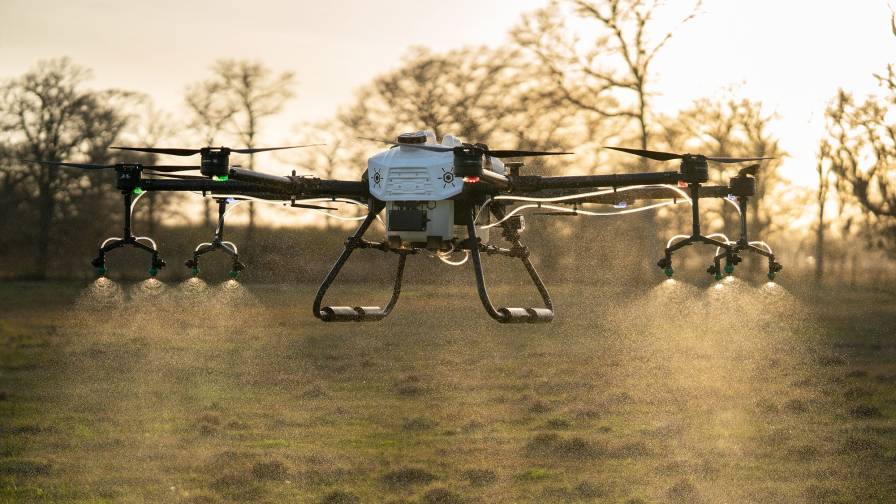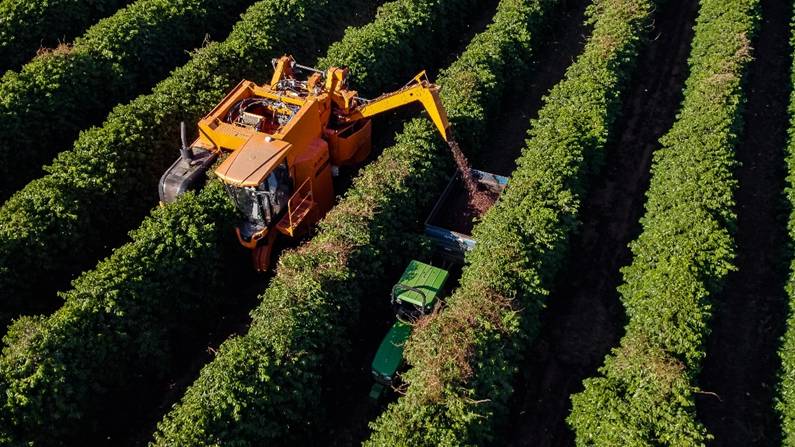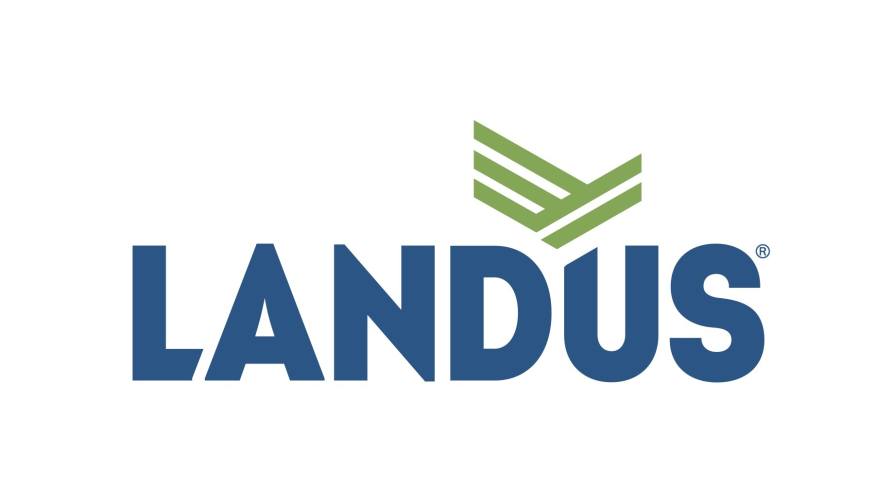Ag Drones: Building Upon a Decade of Innovation — With More on the Way
It’s been more than a decade now since unmanned aerial vehicles — more commonly referred to as drones these days — first made their market debut across the agricultural landscape, writes Editor Eric Sfiligoj at CropLife. And during this time, the marketplace acceptance of drones has continued to steadily grow.
In particular, Taylor Moreland, Founder and CEO at Agri-Spray Drones, last year represented something of a milestone for the sector.
“In 2024, we kind of entered a new era for drones,” says Moreland. “Most growers and ag retailers now have some kind of spray drones in their operations or at least have experimented with them in some way. And drones last year were much more sophisticated than they have been up until now, and I think you are seeing this reflected in the adoption numbers for the industry.”
For ag retailers, the numbers bear this assessment out. According to data from the 2024 CropLife/Purdue University Precision Agriculture Dealership Survey, the percentage of ag retailers using drones for in-field applications increased from 32% in 2023 to 35% last year. As recently as 2021, this percentage was under 15% — meaning the sector’s usage rate has more than doubled in only a few short years’ time.
MORE BY CROPLIFE
Beyond Disruption: Earning Trust and Driving Impact in AgTech Through Grower-Led Innovation
U.S.: Farming Roots Run Deep and Wide for Ag Tech Expert Lindsey Ross
According to Nicole Green, Field Agronomist at Beck’s Hybrids, there are several reasons why drones are becoming more popular across agriculture for application work. This includes no running over already growing plants, increased control over active ingredients per droplet being applied, and the ability to apply using drones in wet fields, allowing users to immediately return to fieldwork.
“Drones are also a good way to add datapoints to farm information, tying into things such as aerial imagery,” said Green during a presentation on drone economics presented at the 2025 National Farm Machinery Show in mid-February.
Then, of course, there’s the advantage of deeper canopy penetration. “When we were using drones to apply fungicides, we were getting coverage on the bottom of the leaves because of the downdrift,” she said.
William Fellmeth, Chief Remote Pilot for Nutrien Ag Solutions (NAS), agrees. “Using drones for application, can help efficiently target hard-to-reach parts of the field,” says Fellmeth.
Read more at CropLife.









